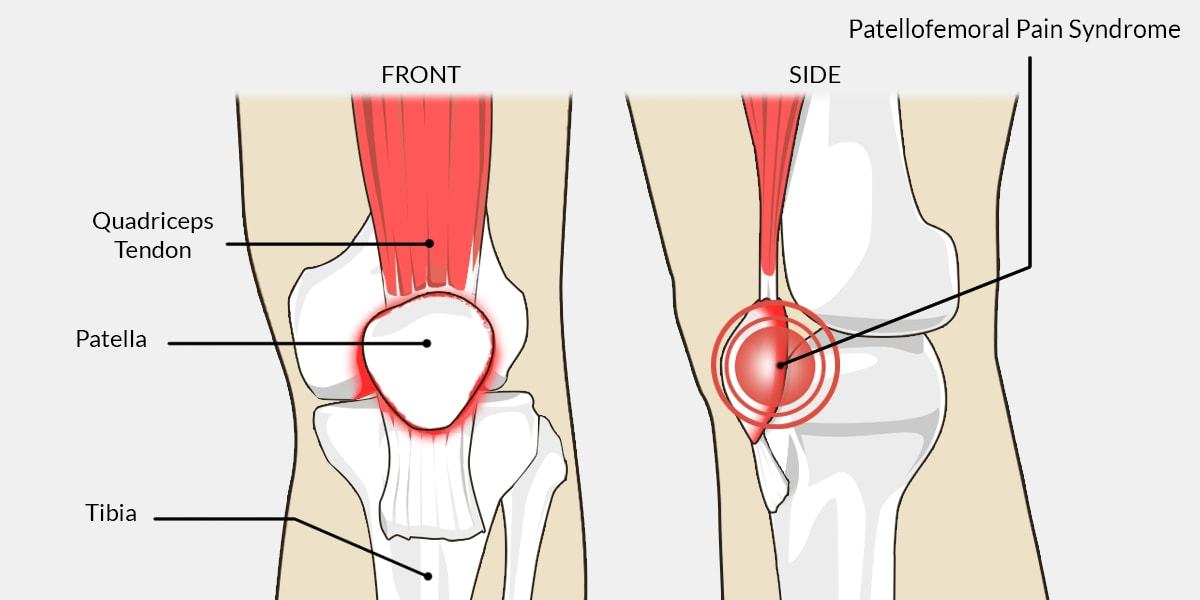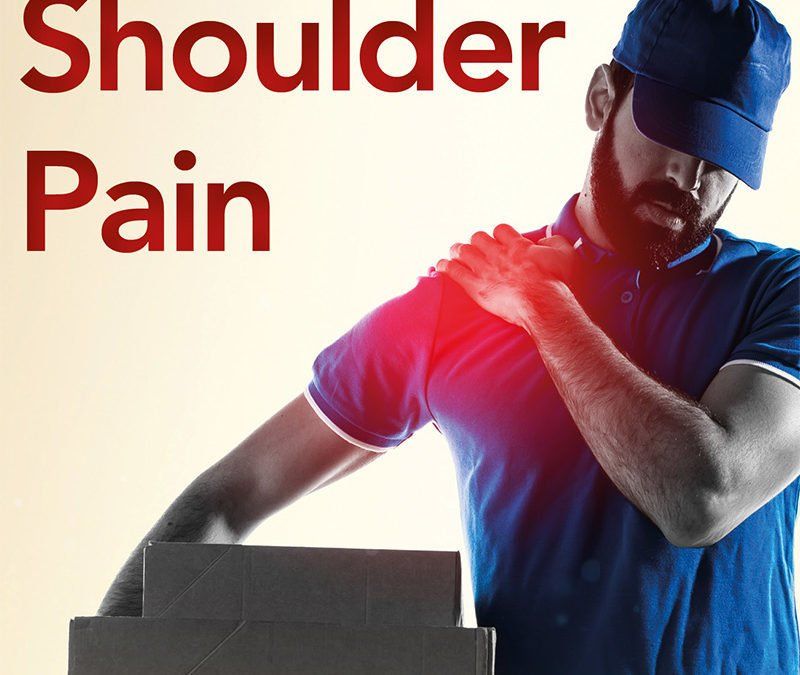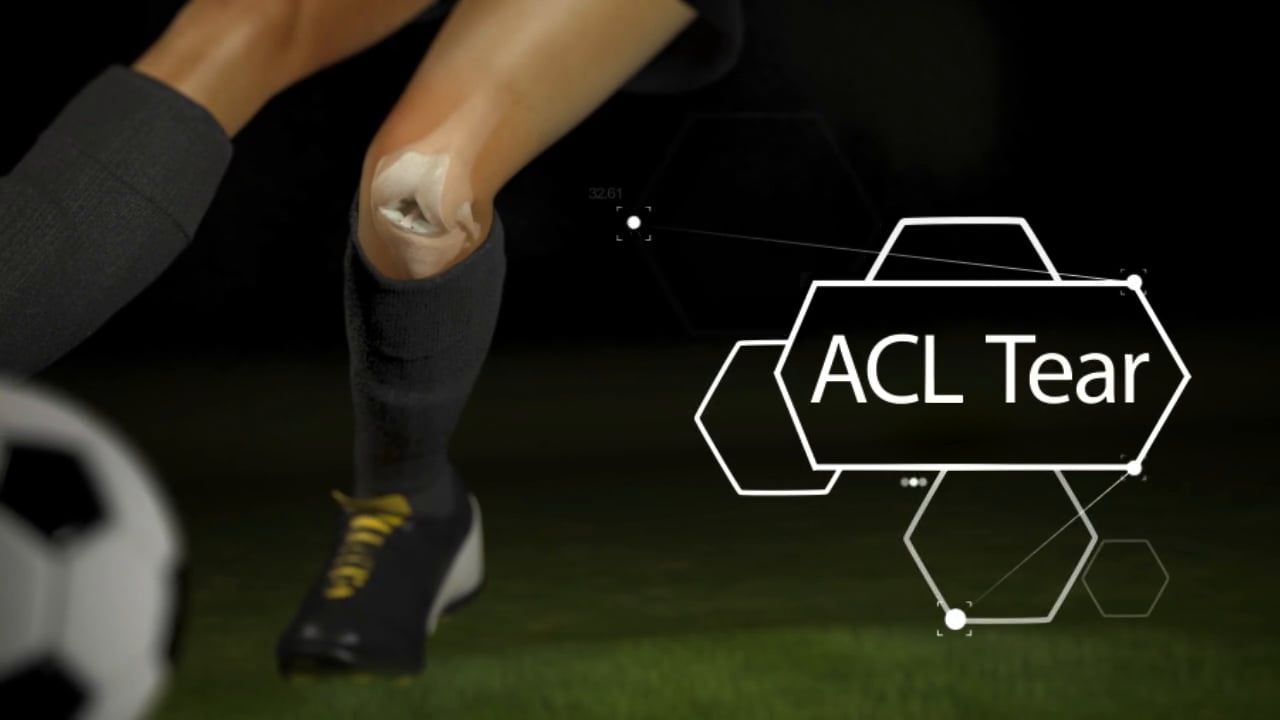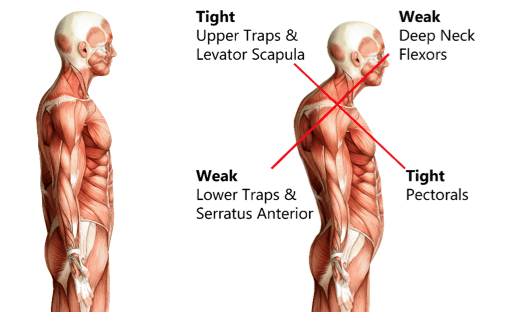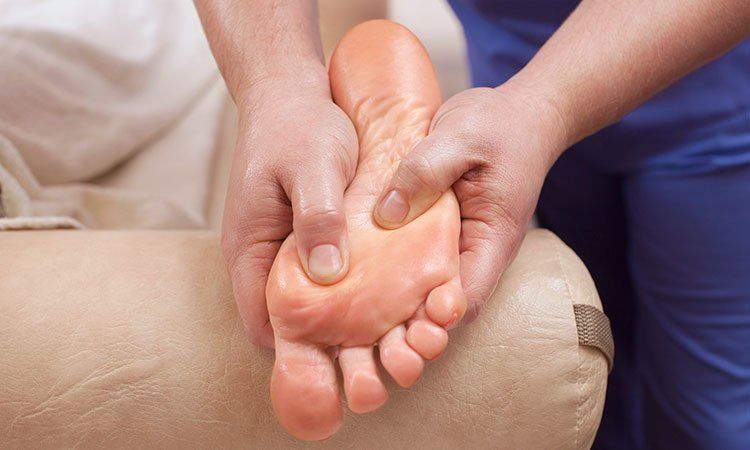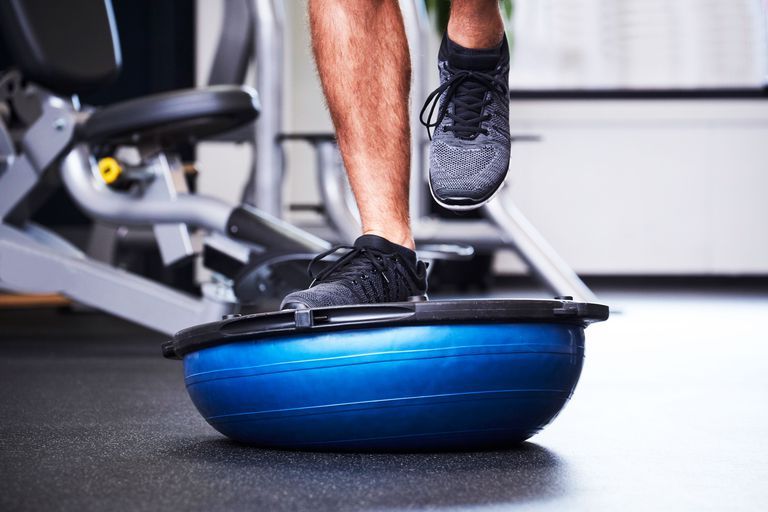Foot Alignment, Postural Issues, and Solutions
Manil Belouizdad • 20 October 2022
Our feet are the foundation of a healthy posture
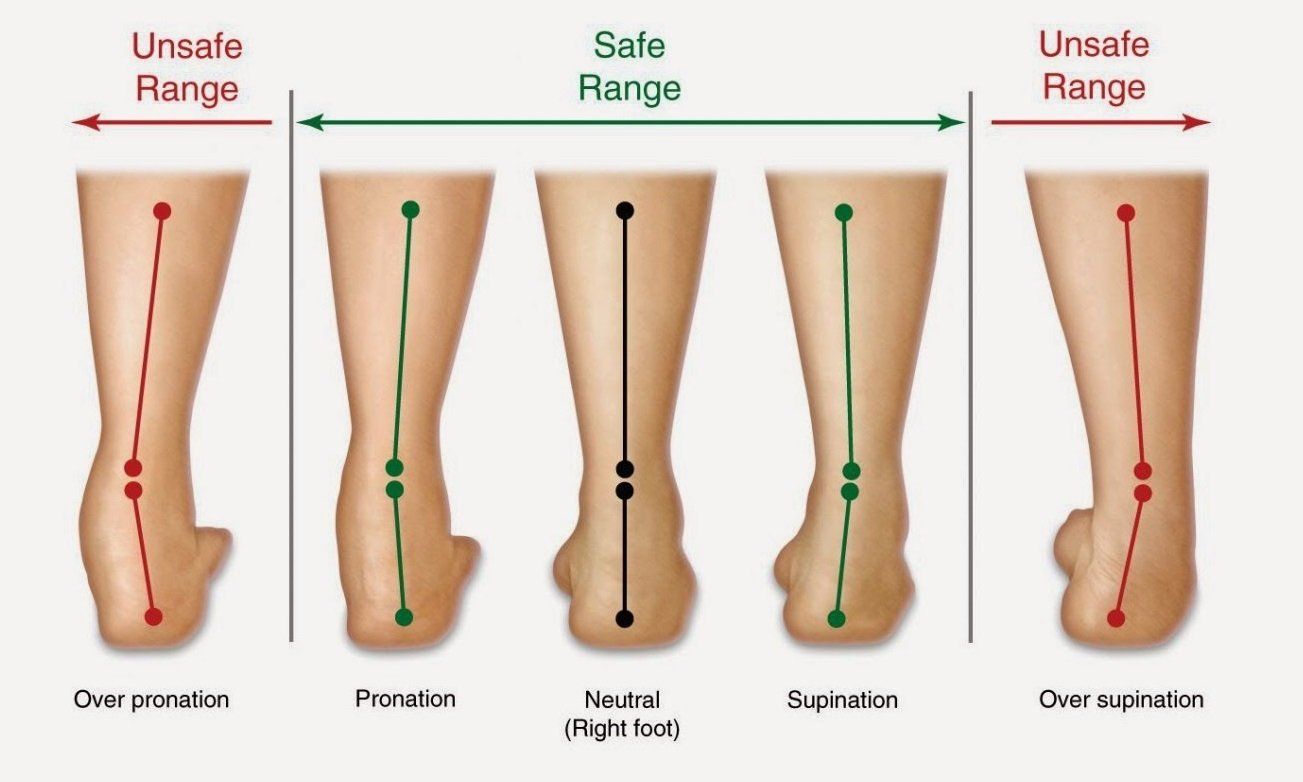
Postural issues can originate from an alteration of the shape of our feet, which ultimately have to support and maintain the rest of our body weight and balance.
Which issues could lead to a change in posture?
Our feet control the complex network of joints, muscles, tendons and ligament which make up our postural system.
A light structural modification of the arch can disrupt the posture.
The followings can negatively influence posture:
- Over pronation and supination (flat or high arched feet).
- Metatarsalgia (pain and inflammation in the ball of the foot).
- Plantar Fasciitis (pain and inflammation of the sole of the foot)
- Lenoir's thorn * (heel bone spur).
- Hallux valgus * (bunion).
- Hammer toes * (downward bend and curl deformity of the toes).
What type of pain do we get from a bad posture?
An altered foot produces more than a local pain, especially since it can modify your natural posture.
If it is not corrected on time, it can trigger postural pain that can be felt in the structure of peripheral joints and muscles.
A compromised posture can often be linked with the following conditions:
- Arthritis.
- Ankle, knee, hip and lower back pain.
- Tendinopathy.
- Hyper lordosis (excessive curve of the lumbar spine)
- Limb asymmetry (postural leg discrepancy or asymmetrical pelvis).
Overall health, including stress and fatigue, can result from an incorrect body alignment.
What can modify the shape of our feet?
- Excess body weight.
- Poor gait linked to inefficient strength and conditioning methods.
- Inadequate foot wear such as too narrow, too wide or inefficient support.
- Over pronation and supination.
Here is how we can help you now!
- A postural, motion control and/or biomechanical analysis in order to target the origins of your issues.
- Manual therapy such as deep tissue release, joint mobilisations and muscle energy techniques to relieve pain and tensions.
- Remedial exercises aiming to rebalance strength and flexibility in order to correct and optimise static and dynamic alignments.
- Electrotherapy for acute and chronic injuries.
- Post operative rehabilitation in case of invasive methods *.
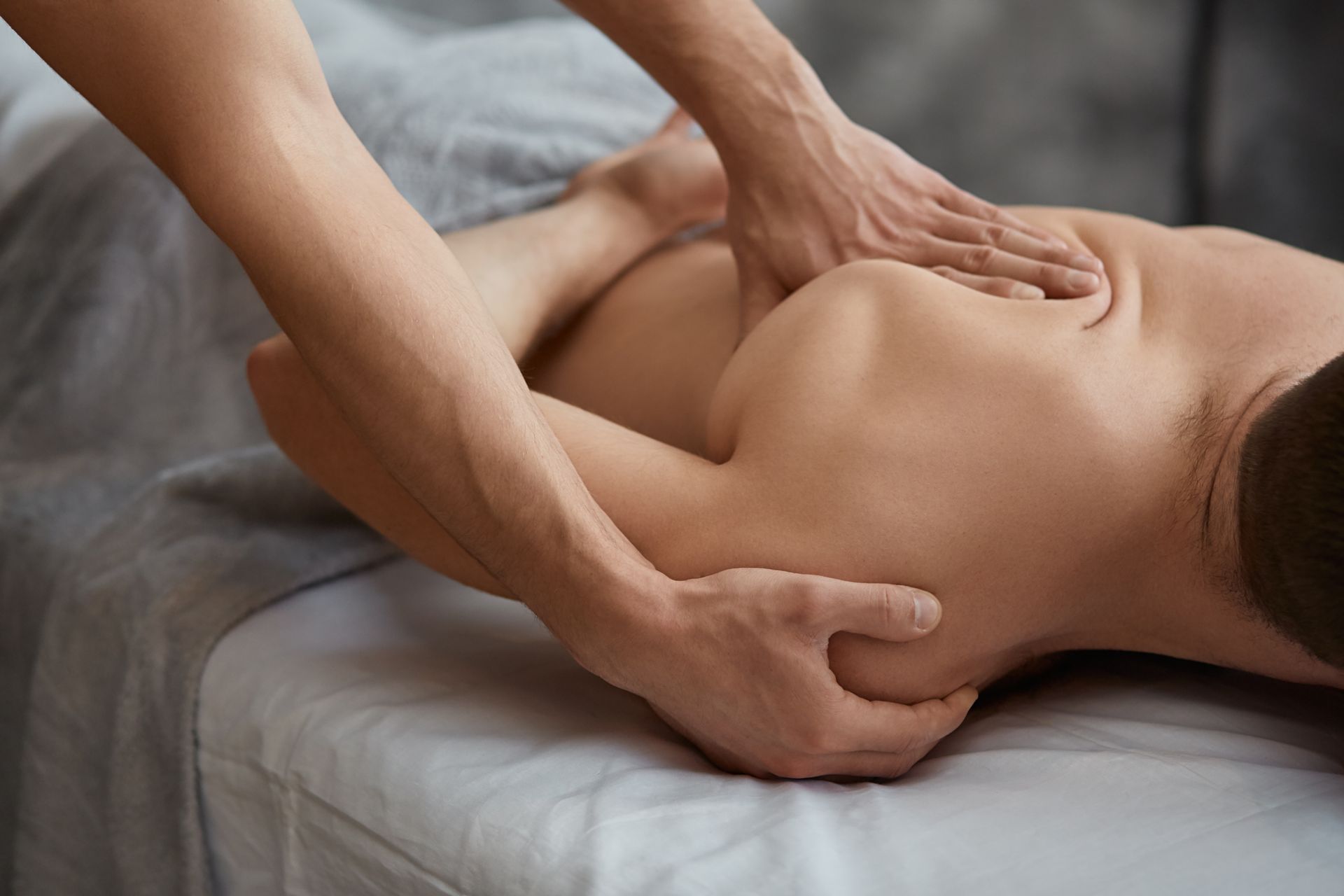
Introduction Welcome to an in-depth exploration of the distinctions between sports massage and deep tissue massage. In this article, we will delve into 5 detailed subtopics to provide you with a comprehensive understanding of these two massage techniques. Whether you're an athlete looking for muscle recovery or simply seeking relaxation, knowing the difference is essential to choose the right massage therapy for your needs.
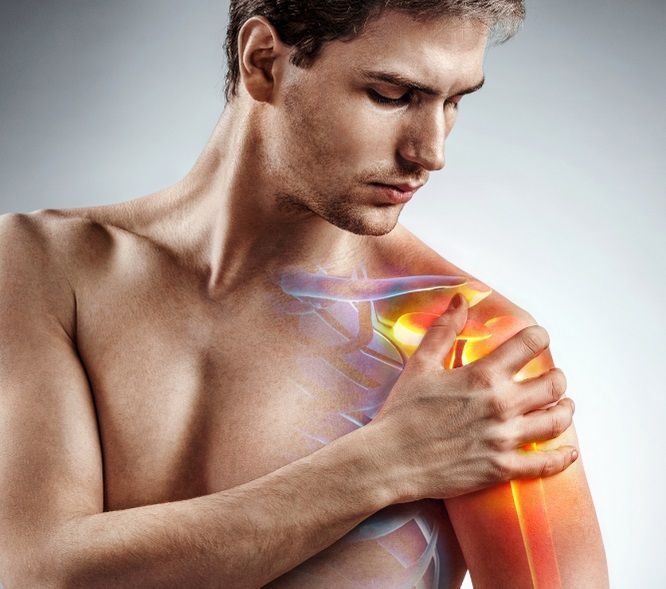
Shoulder pain is a common problem and is often caused by poor posture and/or poor muscle
recruitment. The pain is often aggravated by bad habits and the stresses of everyday life that
affect posture. This poor positioning promotes fatigue, stiffness and pain in the shoulders, but
also in the neck and upper back. However, a good placement of the shoulders and upper back
can largely eliminate or prevent these symptoms...
